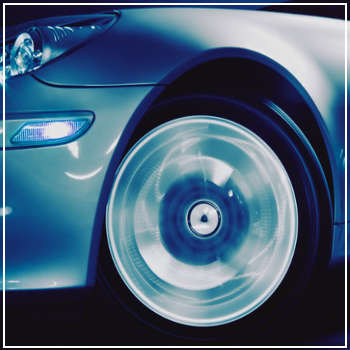 During the winter months, car owners may start to notice small rust spots or a once-shiny paint job starting to dull. How long should your car’s exterior paint last?
During the winter months, car owners may start to notice small rust spots or a once-shiny paint job starting to dull. How long should your car’s exterior paint last?
Unfortunately, there is no clear answer. Yet some people find themselves in this situation just mere years after buying a new vehicle. In certain cases, seeing rust spots this early might be related to a paint application defect at the factory.
A Canadian court case in the early 2000s highlighted a particular discrepancy between car manufacturers and consumers: While manufacturers believed the paint job should last for five or six years under optimal conditions, the court ruled a factory-applied paint job should have a 10- to 15-year lifespan.
Ultimately, a handful of factors may influence paint longevity: Application in the factory, UV exposure, storage conditions, how often an owner keeps it parked outdoors and atmospheric chemicals.
Delamination or Clear Coat Failure
In the late 1990s and early 2000s, it was far more common to see a car’s clear coat start peeling off to expose the paint underneath. Although this situation is far less common today, this issue often goes back to a poorly done paint job.
Resulting in delamination, a peeling clear coat stems from paint compatibility. When a shop or factory uses lower-quality paint and primer or selects solutions that don’t work with each other, the top layer starts to bubble and peel off. This can also occur when outside substances, such as chemicals or small particles get into the paint, or the coatings are not given enough time to dry.
Rusting
Rust formation has two primary causes: Exposure to the elements and a faulty, poorly done paint job that exposes the metal underneath. Leaving your car outdoors near ocean water or driving over newly salted roads in winter without washing off the debris later both speed the oxidation process. Having a scratch cut down to the metal also gives rust a pathway to form and spread.
As far as paint application is concerned, a poor shop or DIY paint job ultimately does not protect your car as well as it should and rust begins to form sooner than expected. Certain practices may invite rust formation, particularly forgetting body cavity wax and seam sealer. As such, the coating that should repel moisture and keep out salt lets them pass through.
Fading and Rough Patches
To put it simply, the longer you leave your car outdoors, the longer it’s exposed to UV light, the elements and pollution. Especially if you leave it uncovered, the more time these aspects have to wear away at its surface over time. UV light is particularly insidious: Exposure results in excess heat and molecular bond breaking that dulls the appearance of a car’s paint job and may crack plastic components.
While not everyone has a garage, you can ward off fading by keeping your car covered by a tarp or temporary shelter and waxing the surface.
Over-Washing
Contrary to popular belief, you can wash your car too much – to the point that frequent washings within a short timespan abrade its surface and gradually wear away the paint. Unfortunately, it’s often not noticeable until one day, the shiny new car you drove off the lot now looks dull.
As a general rule of thumb, wait about a month before washing a newly painted car. The paint needs time to cure and fully bond, so washing the vehicle within 30 days of a new application prevents this.
When it comes to washing and waxing, be gentle. Use cold water and a microfiber towel to wipe it down, followed by a dry microfiber towel to remove all moisture immediately after. In the process, take care to avoid any scratches or leftover residue.
Waxing should wait until at least 60 days after the paint application. From here, start with authentic carnauba wax to protect the coating.
Turn to the professionals at DaSilva’s Auto Body for efficient auto painting, using our state-of-the-art spray booths. To learn more or schedule an appointment, contact us today.




